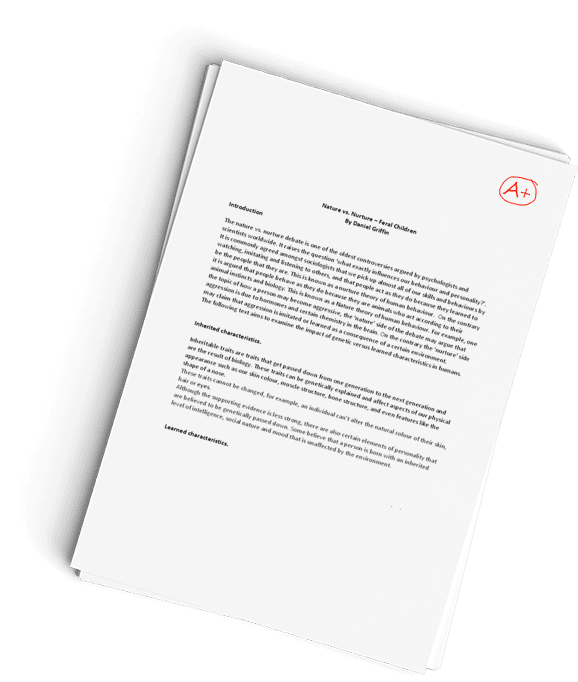Pathophysiology. Reply to peer discussion. Week 3
Question Description
Respond to your peers by extending, refuting/correcting, or adding additional nuance to their posts.
All replies must be constructive and use literature where possible.
Milien, Cassandre
Nov 2, 2020 at 10:13
Pulmonary Function
Asthma is a chronic, or long-term, condition caused by an allergic or other stimuli response that intermittently inflames and narrows the airways in the lungs. The inflammation makes the airways swell. Asthma causes periods of wheezing, chest tightness, shortness of breath, and coughing. Asthma affects people of all ages and often starts during childhood (Delugash & Story, 2020).
Is this Patients Asthmatic Attack Considered Mild, Moderate, or Bordering on Respiratory Failure?
The asthmatic attack has different levels and depicts varied symptoms depending on the stage of infection. Clinical evidence has identified the most expected symptoms of asthma, as well as its alterations (Delugash & Story, 2020). Based on the evidence that is available in the clinic, the patients asthmatic condition can be best described as bordering on respiratory failure. The patient D.R has experienced respiratory distresses that included coughs, production of wheezing sounds, agitation and some degree of dyspnea which are an indicator of the bordering respiratory failure.
What is the most likely trigger of this patients asthma attack?
A variety of triggers could have caused this patient to have a reaction. Many asthma triggers are allergens. Allergens cause the immune system to overreact in some people. Asthma is greatly triggered in colder conditions and hence the presence of extreme cold conditions that made the patient more vulnerable to the attack of asthma. Also, he could have been triggered by a common cold, pollen, dust, or even air pollution to name a few. This therefore lead to the development of the asthmatic condition. Secondly, the patient experienced a development in his asthmatic conditions due to certain medications that consisted of aspirin and beta blockers. In the case study, D.R had begun a self-treatment three days earlier in which he used albuterol nebulizer. This self-treatment with such beta blockers without the doctors medication and prescription is what in the other way led to the development of his asthmatic condition (Becker & Litell, 2017).
Identify Three Major Factors that Have Likely Contributed to the Development of Asthma in this Patient
The asthmatic attack is dependent on specific factors. Some people are more vulnerable to the condition than others. The three main factors that could have contributed to the condition include gender and genetic, occupational exposure, and viral respiratory infections. Studies show that asthma has a higher prevalence in men than women (Lynn & Kushto-Reese, 2015). This could be related to hereditary, passed on from the father to his son. The patient D.R could have a family history of allergic rhinitis, personal allergic rhinitis history, and prematurity. Contact with airborne allergens is considered as one of the contributing factors of asthma to the patient. Exposure to viral infections in the infancy stage or the childhood stage when the immune system is not properly developed is also another contributing factor to asthma (Boulet and Desmeules, 2017).
References
Becker, T. K., & Litell, J. M. (2017). Acute Respiratory Failure: NIV Implementation and Intubation. In Evidence-Based Critical Care (pp. 49-55). Springer, Cham.
Boulet, L. P., & Desmeules, M. (2017). Occupational respiratory diseases. In Applied Respiratory Pathophysiology (pp. 223-242). CRC Press.
Delugash, L., & Story, L. (2020). Applied Pathophysiology for the Advanced Practice Nurse. Jones and Bartlett Learning.
Lynn, S. J., & Kushto-Reese, K. (2015). Understanding asthma pathophysiology, diagnosis, and management. American Nurse Today, 10(7), 4951.
Have a similar assignment? "Place an order for your assignment and have exceptional work written by our team of experts, guaranteeing you A results."








